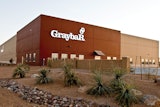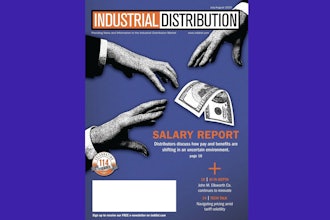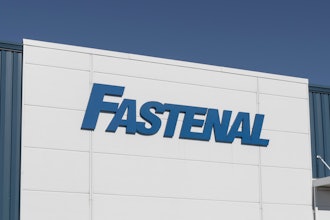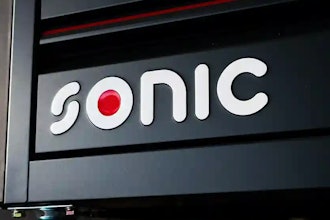
Inflation may finally be cooling off, but many businesses are still feeling the squeeze from the last two years of soaring costs and unstable supply chains.
Profits remain challenging across many sectors as distributors struggle to keep up, which is why pricing remains a priority for the year ahead.
Granular Control Over Pricing
There’s increasing recognition that to maximize profits, distributors need dynamic pricing abilities that allow setting different prices for products by customer, geography, sales channel and other criteria. Distributors want to be able to update pricing easily and quickly across the board or on a hyper-targeted basis.
With this level of pricing control, distributors can apply strategic upcharges more broadly to some sectors or regions and minimize increases for more price-sensitive accounts. Fluid pricing also serves as a profit lever if costs spike again for raw materials, transportation, labor or other variables.
Rapid Response to Changing Conditions
There’s a general acceptance that volatility is the new normal, so businesses can’t afford sluggish systems that delay pricing reactions to fast-moving market swings. Whether it’s in response to fuel surcharges or a buy-side price update, distributors need to be able to react quickly to avoid margin erosion.
Where a business has a lot of exposure to a particular cost driver – for instance, currency fluctuation, transport costs or commodities – it’s worth considering automatically linking prices to that cost. Pricing should be periodically reviewed for adjustment regardless, but automated links allow businesses to be even more dynamic.
Better Data Visibility for Pricing Decisions
Sound pricing decisions rely on good data. Businesses shouldn’t be flying blind on profit margins for different product lines, customer segments and sales territories.
Distributors need visibility of both input costs and sales to ensure that their pricing strategy is delivering the margins it needs to, and to also ensure claim-backs and SPAs aren’t being missed or disputed.
Lessening Manual Labor
Distributors are in a uniquely challenging position: facing pricing complexity both buy-side and sell-side.
This creates huge amounts of manual work, but it also increases the risk of error. By automating pricing processes, including administration tasks, businesses save resources, allowing the finance function to focus on pricing strategy, and the account team to focus on building and maintaining customer relationships, as well as reduce costly mistakes.
Taking Control
Even as inflationary pressures slowly ease, distributors face an environment where intelligent and automated pricing matters more than ever. Prioritizing pricing and equipping teams with pricing management tools lead to improved profit margins.
Distributors can shift from reacting to market volatility to controlling their financial success.
Steve Peppler is the vice president of product and business transformation at Flintfox.























